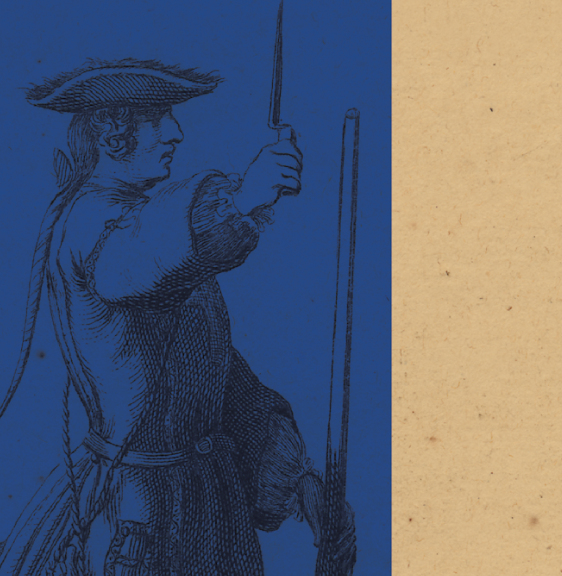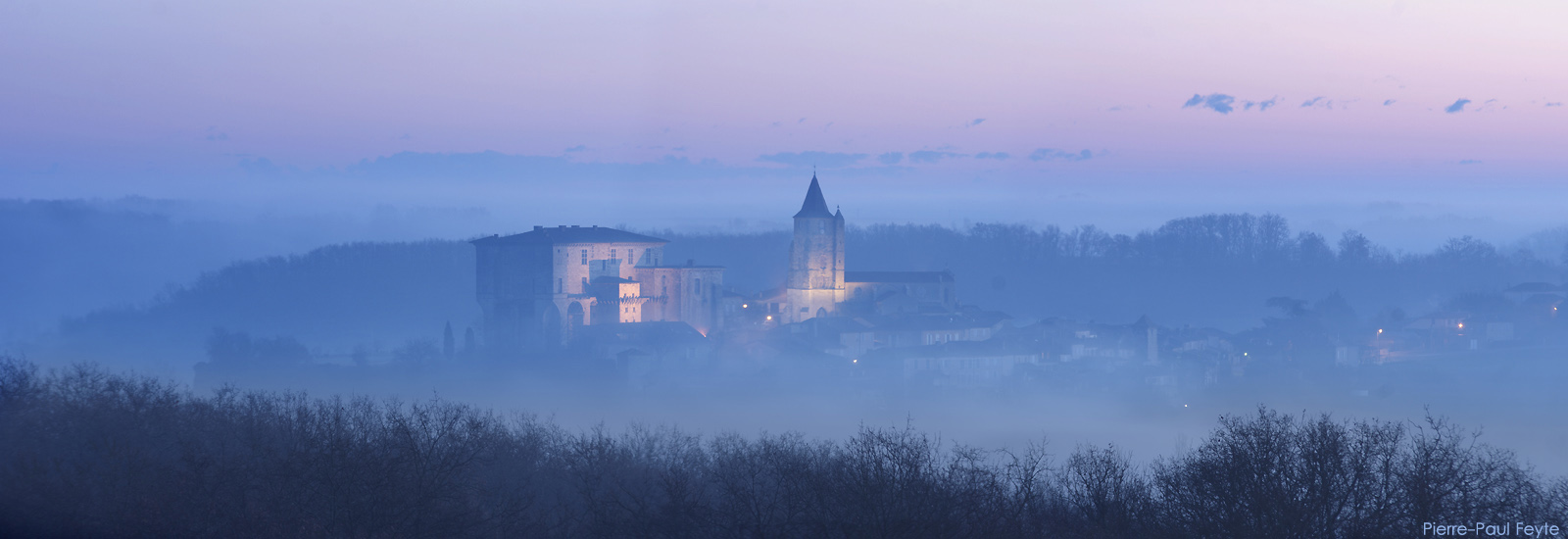When Charles de Batz arrived in Paris in the early 1630s, only one company of Musketeers existed. His name appears in 1633 on a military roll reviewed by Louis XIII, confirming his presence in the company then commanded by Jean de Vieilchastel. The following year, command passed to Jean Armand du Peyré, lord of Troisvilles (or Tréville).
In the absence of relevant archives, the exact length of his service in the Musketeers remains uncertain. His name disappears from surviving rolls in 1637 and 1640, although that of his elder brother, Paul de Castelmore, still appears. It is highly likely that both brothers took part in the main campaigns waged by France under Louis XIII and Cardinal Richelieu.
What Did it Mean to Be a Musketeer?
In 1622, during the wars against the Huguenots, Louis XIII transformed a unit of light cavalry into an elite corps: the King’s Musketeers. Initially armed with muskets, which they could only use on foot, they retained the aristocratic culture of mounted warfare. Their missions were diverse: combat, policing, and protecting the sovereign.
The Musketeers were part of the King’s Military Household, the foundation of the standing army. Under the King direct authority, to whom they owed absolute loyalty, they remained beyond the influence of powerful nobles. Louis XIV, fully aware of their strategic value, reorganized the corps in 1663 and 1664, creating two companies named after the colour of their horses: the Greys and the Blacks.
Musketeers embodied the ideals of noble warriors—bravery, boldness and loyalty. They were often at the forefront of assaults and sieges. During the Dutch War they gained renown for their involvement in the most intense operations. Their mottos—Quo ruit et lethum (« Where it falls, death follows ») and Alterius Jovis, Altera Tela (« New weapons of a new Jupiter »)—perfectly capture their role: to lead the charge, open the way and overcome obstacles under enemy fire.
The King as Captain
A Gascon or Béarnais lineage made entry into the corps far easier. This tradition dated back to the Carabins—a cavalry unit recruited by Henry IV from among his loyal Navarrese subjects—and continued throughout the 17th century.
The King himself held the rank of Captain, directly overseeing the company’s life. The Musketeers, initially a troop of around a hundred men, were led by a captain-lieutenant, assisted by a sub-lieutenant and an ensign (cornette). They were followed in the hierarchy by the maréchal des logis (chief sergeant), the brigadiers (junior officers), and finally the rank-and-file Musketeers.





 dernier accès à la billetterie 1 heure avant la fermeture (afin de vous laisser un temps de visite confortable).
dernier accès à la billetterie 1 heure avant la fermeture (afin de vous laisser un temps de visite confortable).